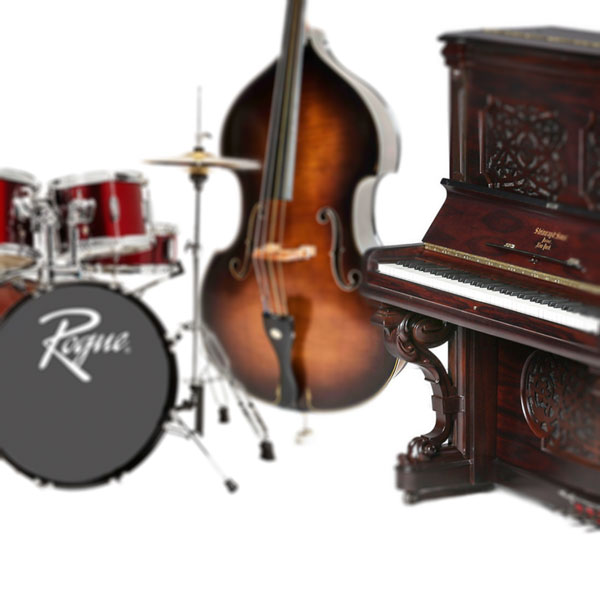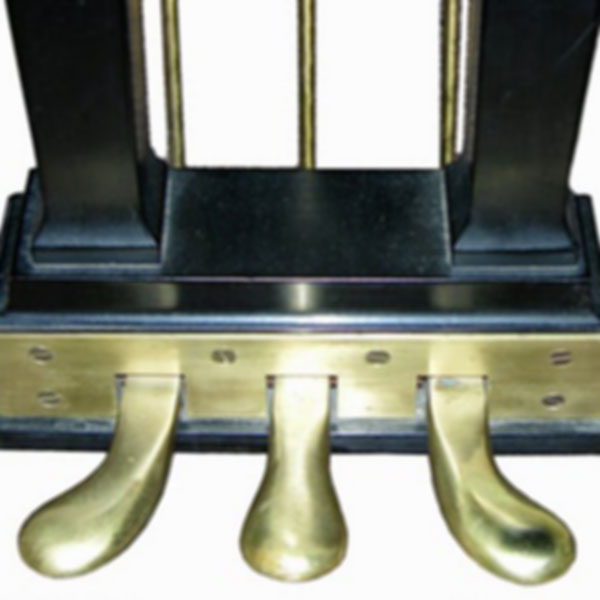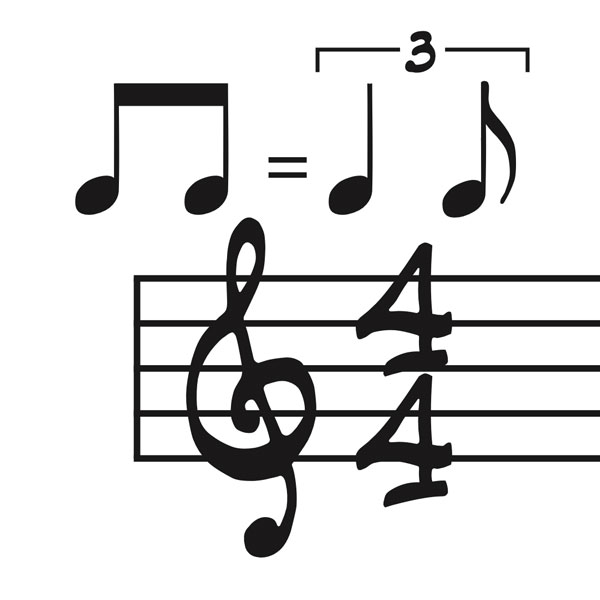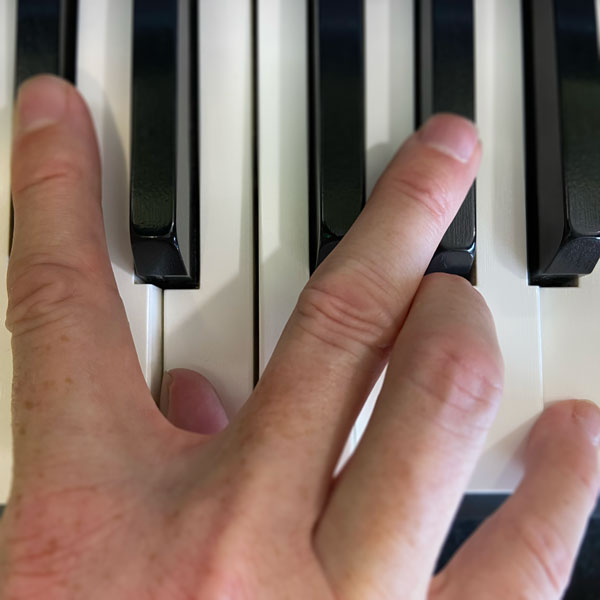Arranged for Solo Piano
Arranged and recorded by Thomas Gunther
You can purchase the beautifully written sheet music (chord symbols and fingering suggestions included) at Sheet-music Direct

What's cool about this arrangement is that you can easily add a bass player and even an entire rhythm section while playing it the same way as you would in a solo performance, as demonstrated in the video below.
About the arrangement
This is a relatively easy to play solo piano jazz arrangement of THE BAR NECESSITIES. The song is a traditional jazz tune made famous in the Walt Disney movie THE JUNGLE BOOK.
Who this arrangement is for
I think everyone who likes the song will have fun learning and playing this arrangement, with the exception of perhaps advanced jazz pianists.
I arranged this piece originally with my younger piano students in mind, who have smaller hands than most adults. That’s why there are no large intervals or big jumps in the left hand. Something generally found in ragtime and early jazz piano styles. This means that my arrangement is perfectly suited for pianists with smaller hands. Of course pianists with large hands (like myself) can play it too (ha-ha!).
I think it is also a great piece for pianists who want to familiarize themselves with playing jazz piano. And since I wrote out every note and articulation, they can play along with the recording and hopefully pick up the traditional jazz feel along the way.
Although the arrangement is not very difficult, it poses several challenges for the inexperienced pianist, as explained later.
How I arranged it
The left hand imitates the accompaniment style of a traditional jazz guitar or banjo player with added half time bass figures that are typically played by a tuba or upright bass an octave lower.
Tips for how to learn this arrangement
When I teach this song to my students I strongly recommend to them to listen to the original version and my recording a lot, rather than explaining to them how swinging eighth notes and jazz articulation work. By the way, there are a few bars where you hear me playing straight eighths on the recording (as indicated in the sheet music).
I decided to add articulations so that pianists who have not a lot of experience with playing jazz will find it easier to play it with the appropriate “touch”. It's a good idea to check those out.
Should you not be familiar with playing polyphonic passages with one hand, you might want to practice very slowly at first and attempt to balance the different voices appropriately.
Listening to the recording will also help with discovering dynamic possibilities. I didn’t want to clutter up the sheet music with dynamic markings, so listening to the recording is really the only way to figure out what dynamics I had in mind. (I do everything to make get you listen to my recording, don't I!)
What you can learn from this arrangement
This arrangement touches on a lot of piano specific difficulties. Let me point out just a few:
Playing without the Sustain Pedal

Inexperienced pianists tend to overuse the sustain pedal to cover up technical deficiencies. The way I arranged this piece makes it unnecessary to use the sustain pedal all together. This is because of the polyphonic nature of the arrangement, which requires strong finger independence/control – a very important skill for pianists to develop.
Swing feel and jazz rhythm

This is one of the most segnifficant differences between classical and jazz music. Swinging those 8th notes is a real challenge for musicians that don't listen to jazz. It is especially difficult when reading music, because it looks the same as non-swung music.
Fingering

Deciding on the proper fingering can be tricky. For this reason I included fingering suggestions in this arrangement. Of course fingering is highly subjective, so you want to take it with a grain of salt.
